BUILT IN WORDS: Listening to Latin Narratives
Human beings are not built in silence, but in word, in work, in action-reflection
Paulo Freire - Pedagogy of the Oppressed, 1970.
Although most societies frequently rely on writing documents to record facts and events throughout time, oral tradition was, and still is, an important instrument to transmit knowledge from one individual to another. In an artistic environment, oral tradition – along with the aid of different recording devices or the employment of writing to document cultural and historical events over the years – can act as a creative source for art practices. In-depth interviews, recorded memoirs, life narratives, taped memories, self-reports, personal narratives, and oral biography: there are numerous mediums in which one can use oral history to produce visual art when documenting aspects of identity, collective memory, cultural heritage, and related matters. But why is oral history such a powerful tool? Why is enabling anonymous stories to be heard and broadcasted to others imperative to live in a more empathetic society?
Growing up listening to my grandparents' stories about the formation and growth of our family and the development of our neighbourhood was crucial to understanding my intersectional identity and how certain aspects of our collective story have shaped me. In a broader sense, oral history is a powerful means – especially for individuals in marginalized social and cultural groups – to understand who we are and how the society we are part of influences our perspectives and interests through aspects such as culture, religion, politics, and language.
Such aspects, with stories that resonate from the self (individual) to the outside (collective), heavily influenced me while selecting the works presented in Built in Words: Listening to Latin Narratives. This curatorial research invites its audience to delve into works that discuss issues of immigration, racism, diaspora, oppression, displacement and omitted narratives through different communication approaches. The selected Latin artists act as intermediaries to communities in their whereabouts by speaking for those who no longer can – or never could – speak for themselves. From their works, these artists disseminate Latin American voices that patriarchy, colonization, controlling policies, and social inequality – or these issues' inherited consequences still ingrained today – have historically silenced, oppressed or excluded. They give these marginalized voices a platform to tell their story. While the selected artworks range from different levels of storytelling and human interaction, they all contain exchanges between individuals. These art pieces are, first and foremost, collaborative works, whether these cases of partnerships happened before, during or after the artists' creations.



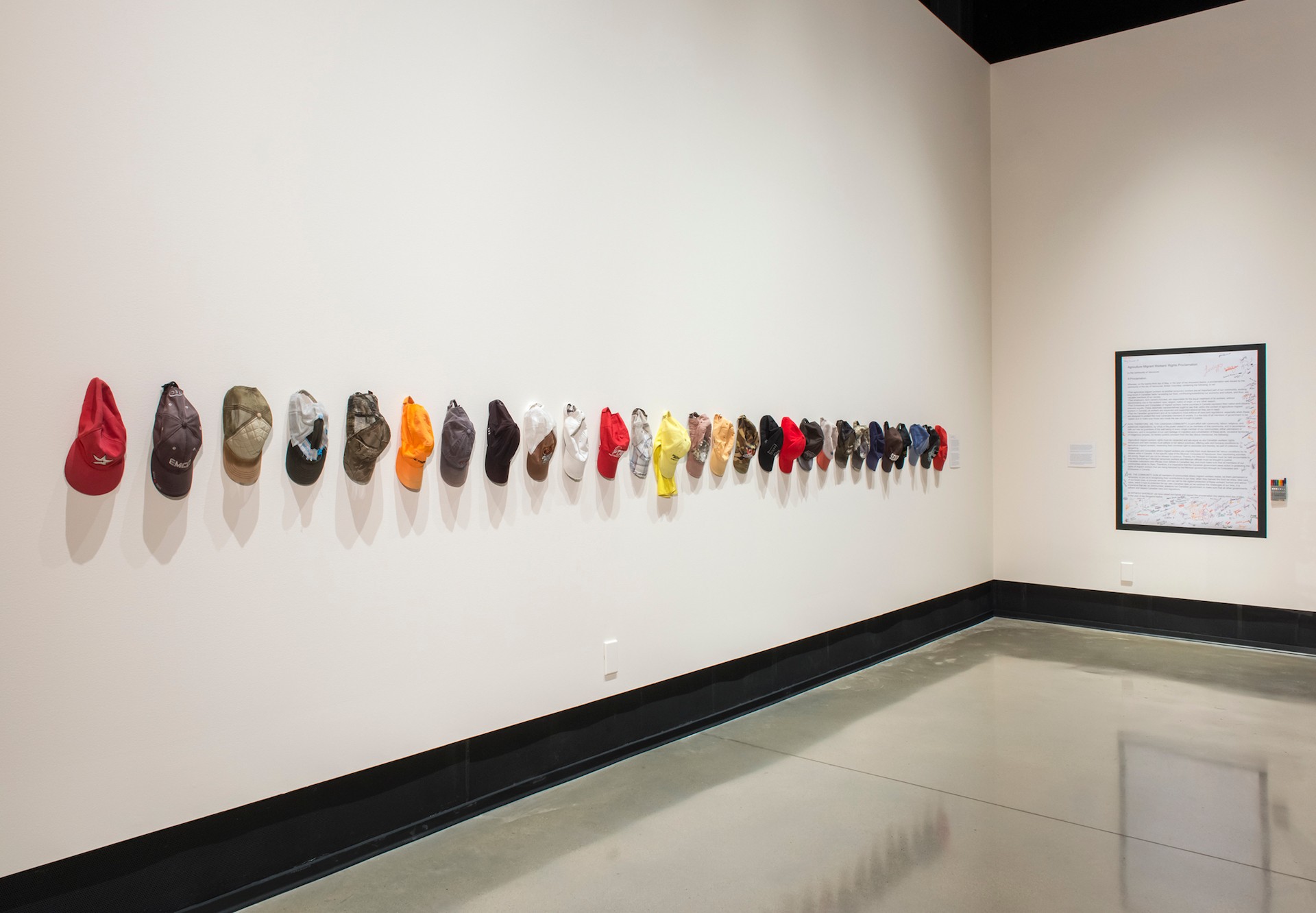 Carlos Colín, "Workers’ caps used during their labour days" from 12 hrs. por día, 2019
Carlos Colín, "Workers’ caps used during their labour days" from 12 hrs. por día, 2019
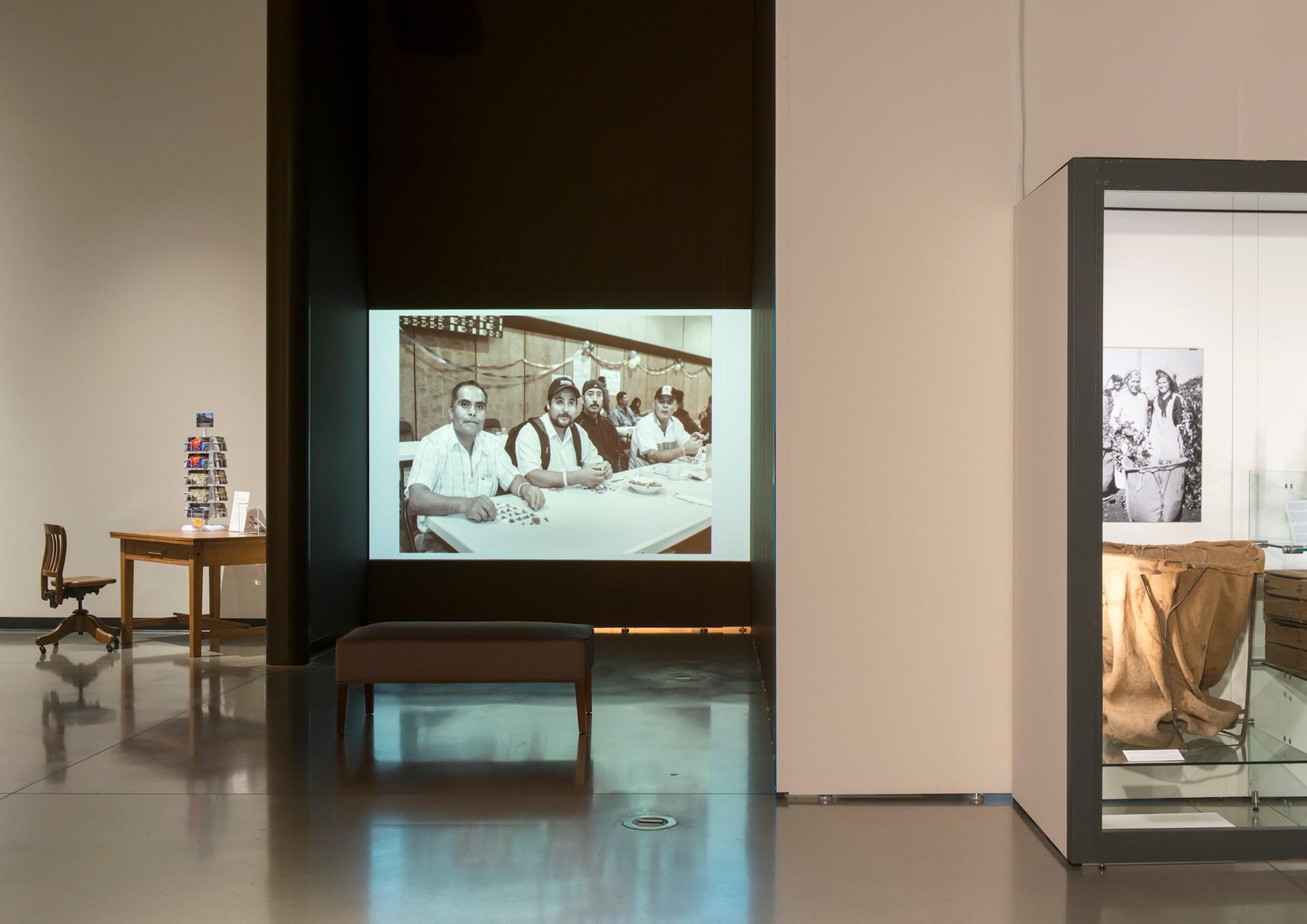 Selection of Photographs made by Carlos Colín from Gabriela Rosas archive from Dignidad Migrante (Migrant Dignity), 2019
Selection of Photographs made by Carlos Colín from Gabriela Rosas archive from Dignidad Migrante (Migrant Dignity), 2019
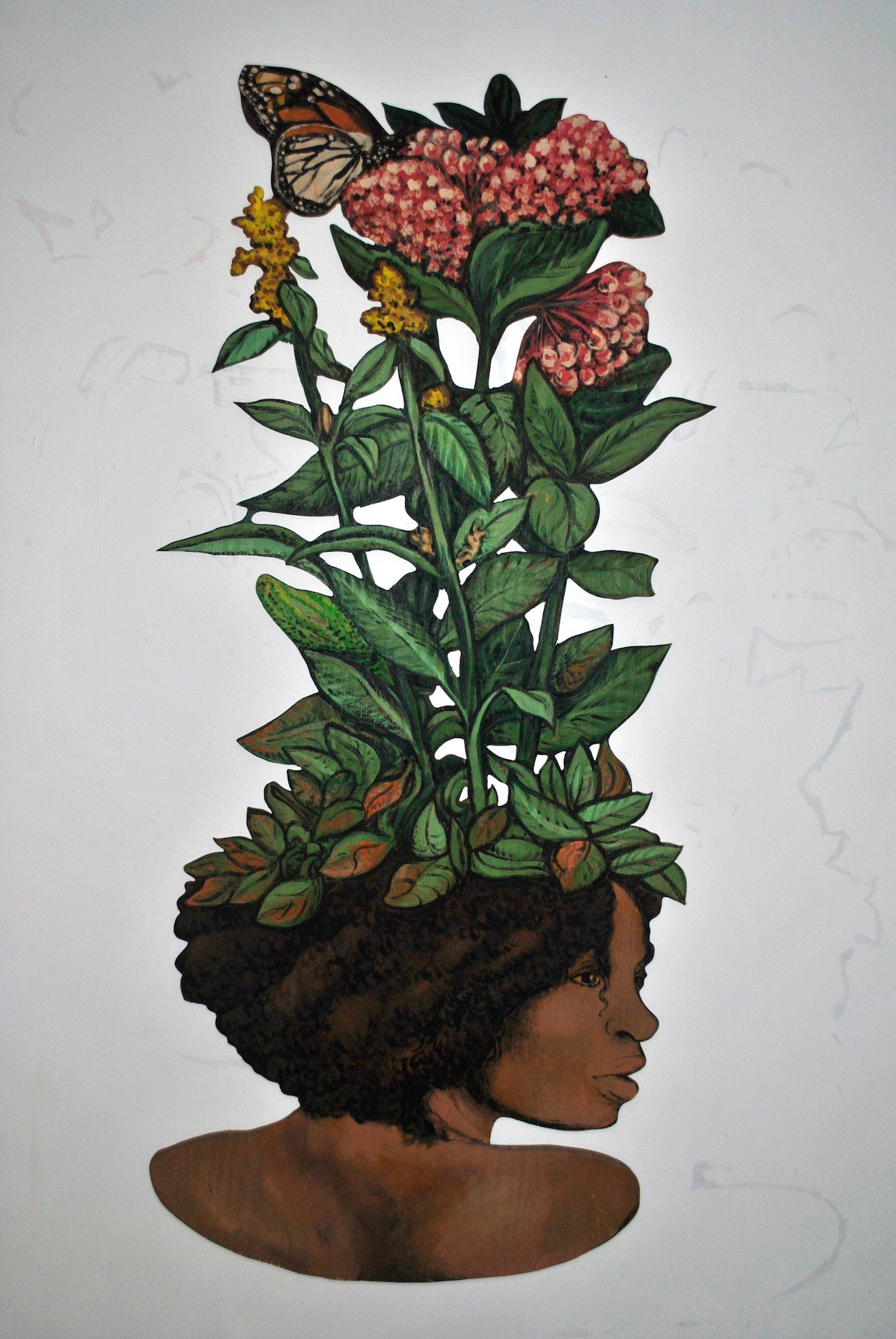 "Cabeza Uno," from Cooperativa Cultural 19 de enero (CC 1/19), by Fernando Espinosa and Raúl Ayala
"Cabeza Uno," from Cooperativa Cultural 19 de enero (CC 1/19), by Fernando Espinosa and Raúl Ayala
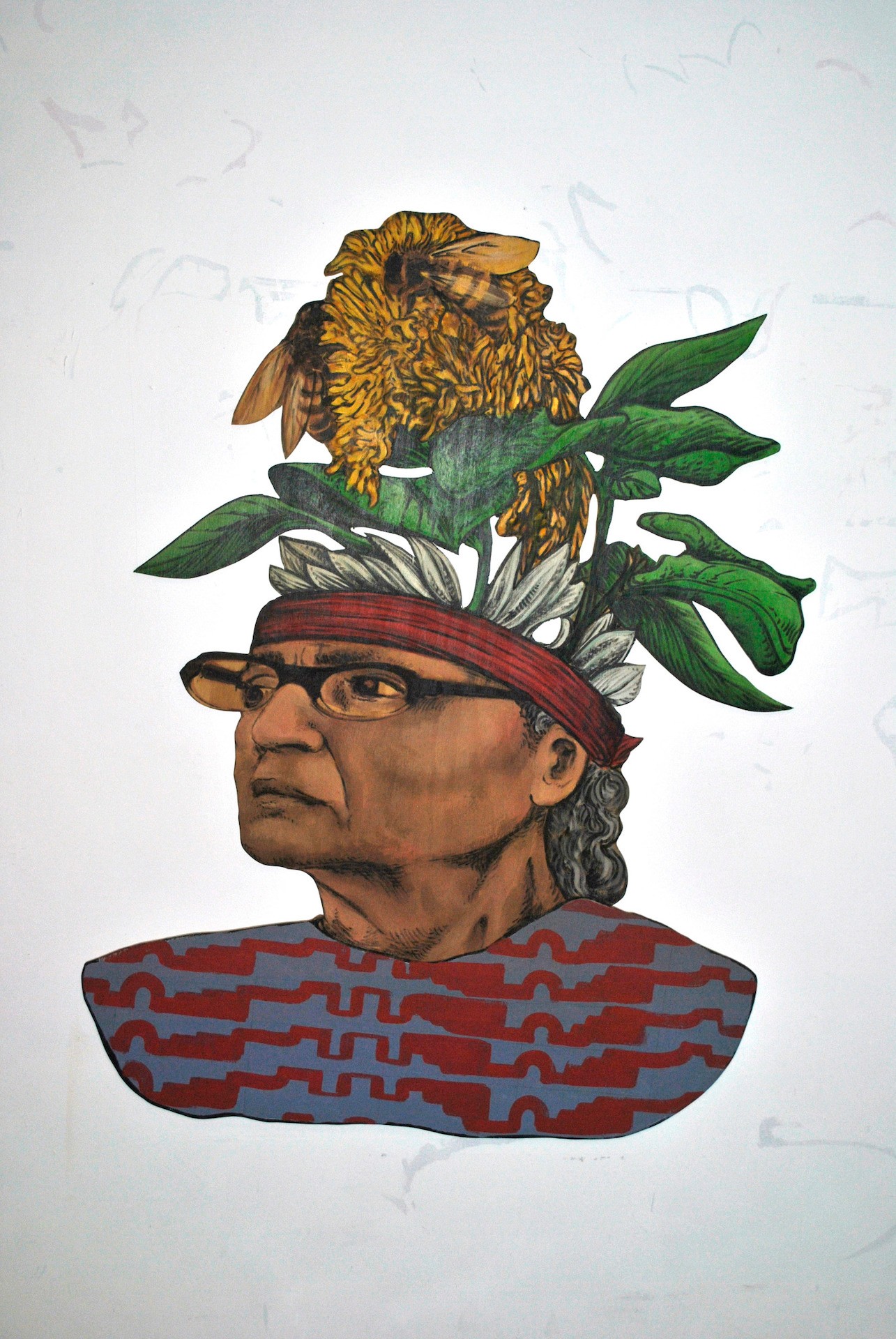 "Cabeza Tres" from Cooperativa Cultural 19 de enero (CC 1/19), by Fernando Espinosa and Raúl Ayala
"Cabeza Tres" from Cooperativa Cultural 19 de enero (CC 1/19), by Fernando Espinosa and Raúl Ayala
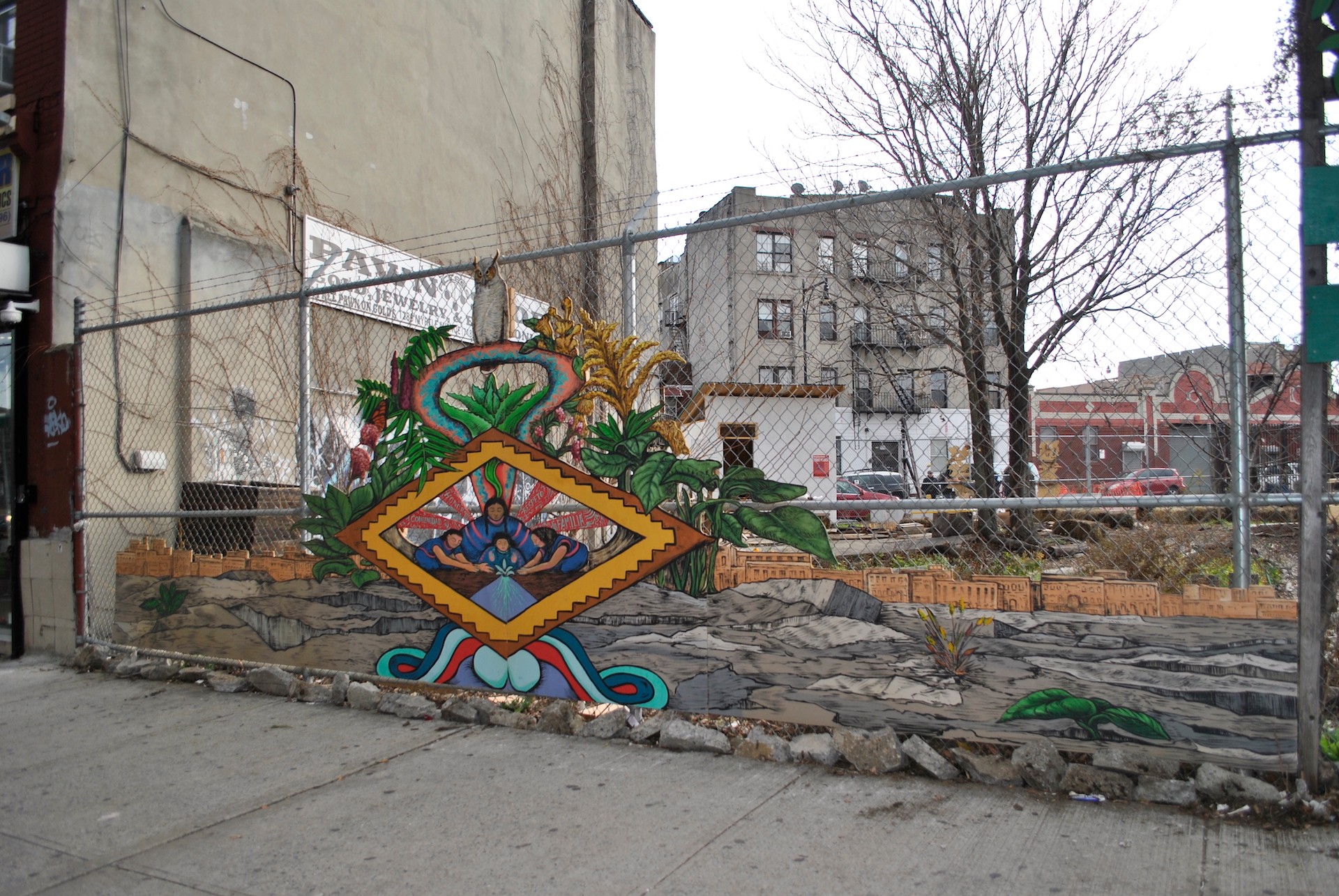 "Whose Streets," by Fernando Espinosa and Raúl Ayala, 2019
"Whose Streets," by Fernando Espinosa and Raúl Ayala, 2019
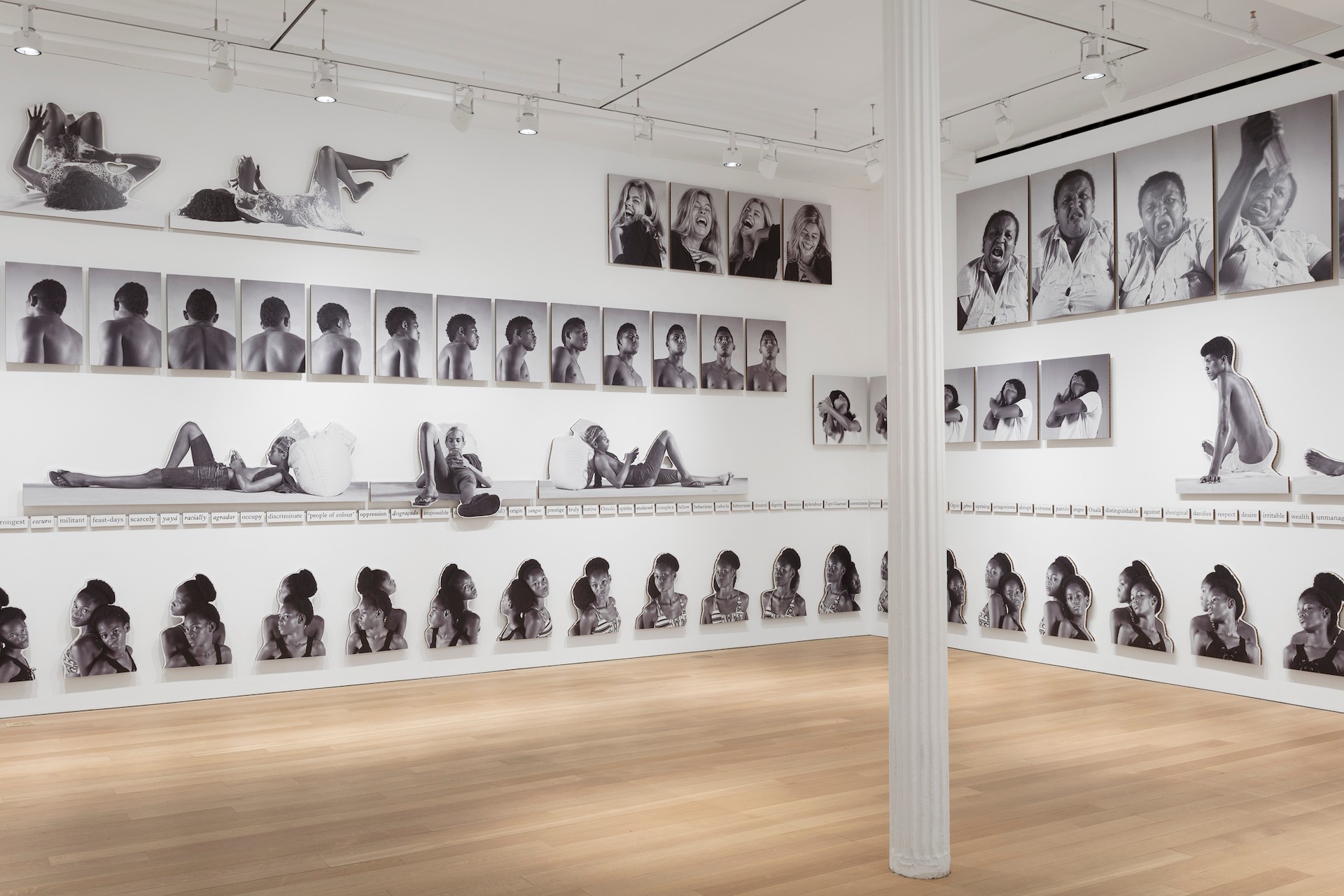 "Eu, mestiço" (Me, mestizo), Jonathas de Andrade
"Eu, mestiço" (Me, mestizo), Jonathas de Andrade
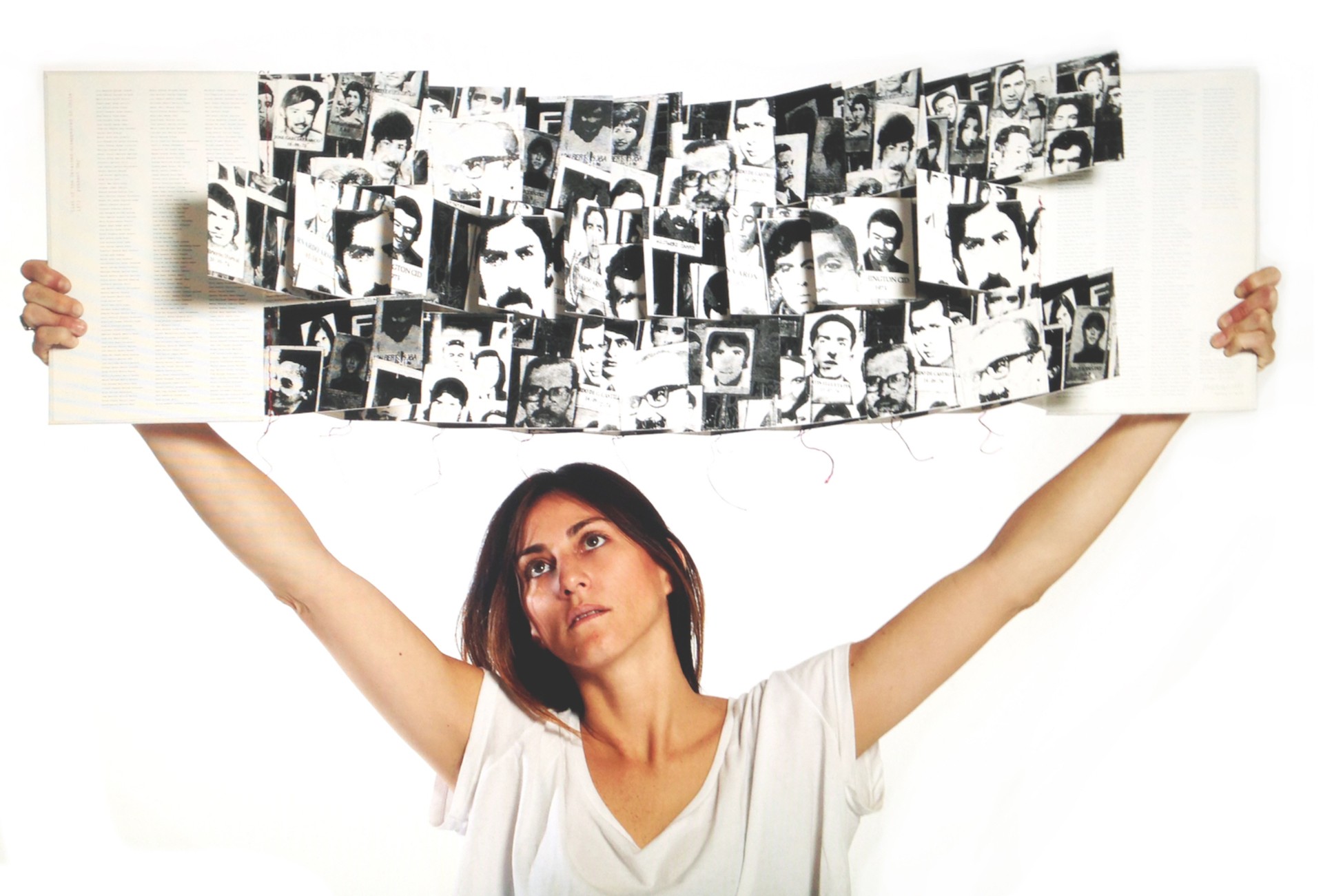 "In Their Memory: Human Rights violation in Chile. 1973-1990," María Verónica San Martín, 2020
"In Their Memory: Human Rights violation in Chile. 1973-1990," María Verónica San Martín, 2020
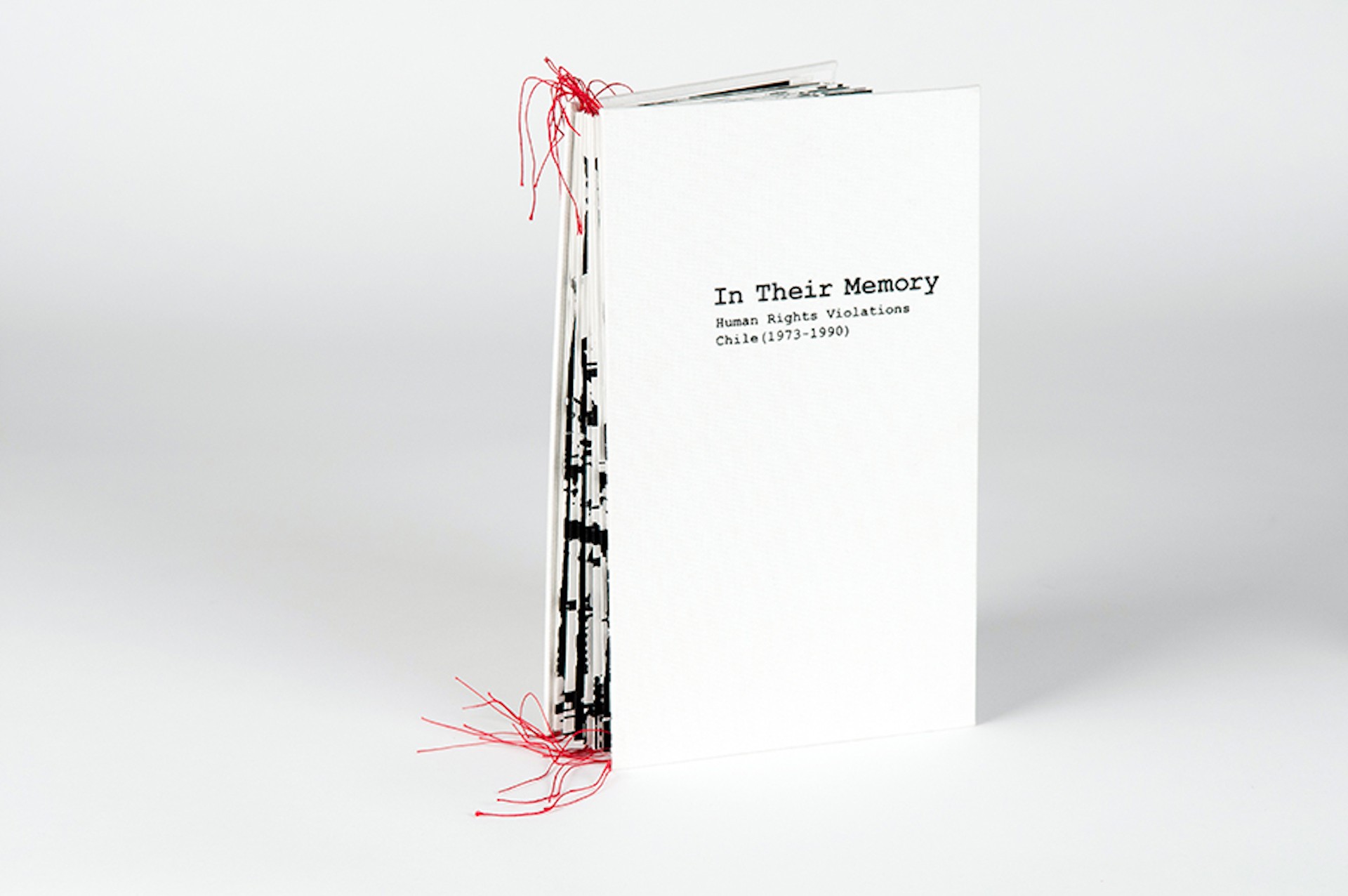 "In Their Memory: Human Rights violation in Chile. 1973-1990," María Verónica San Martín, 2020, Photo credit: Denny Henrry (2013)
"In Their Memory: Human Rights violation in Chile. 1973-1990," María Verónica San Martín, 2020, Photo credit: Denny Henrry (2013)
 "In Their Memory: Human Rights violation in Chile. 1973-1990," María Verónica San Martín, 2020, Photo credit: Denny Henrry (2013)
"In Their Memory: Human Rights violation in Chile. 1973-1990," María Verónica San Martín, 2020, Photo credit: Denny Henrry (2013)